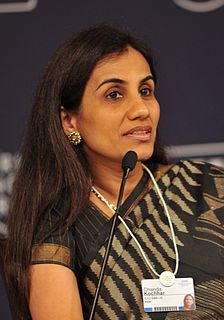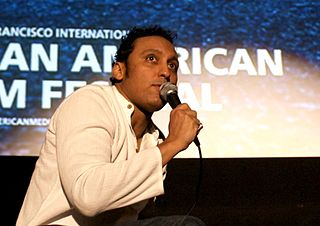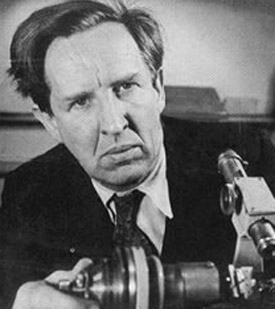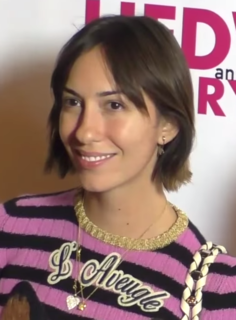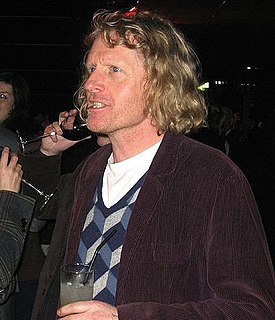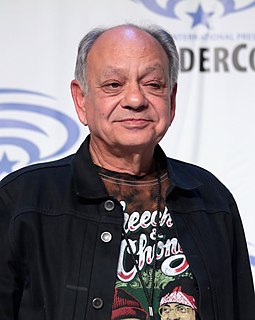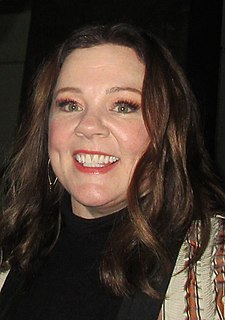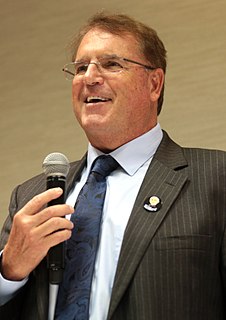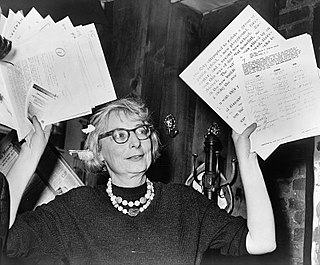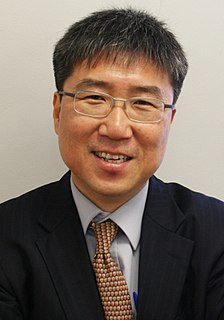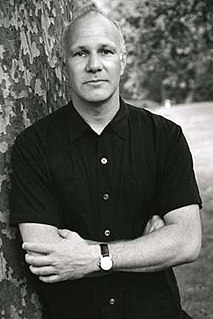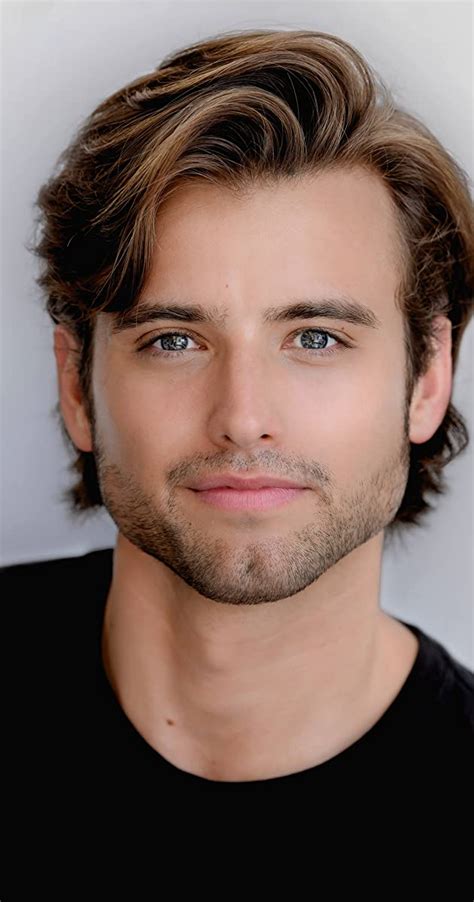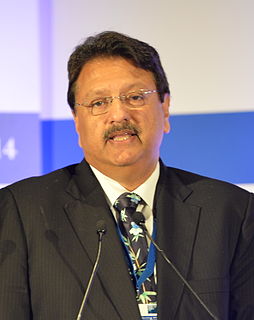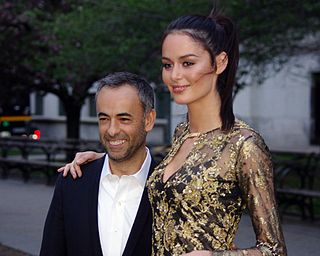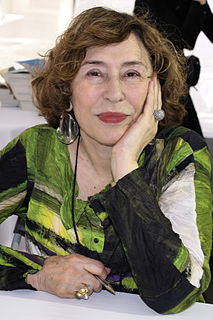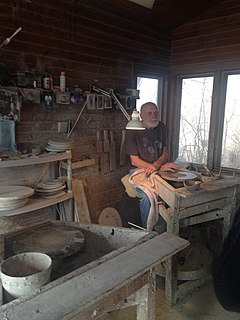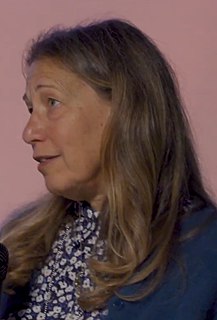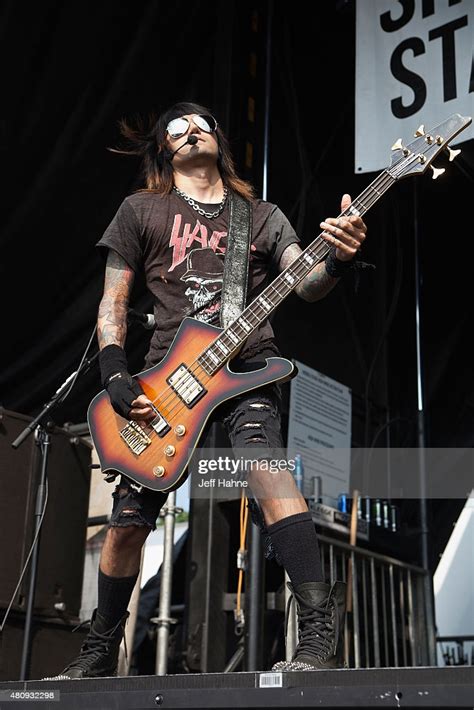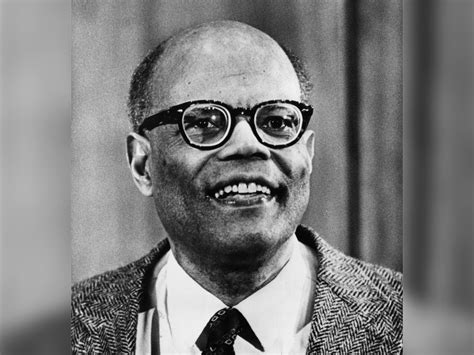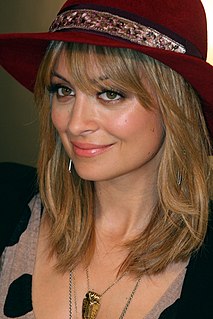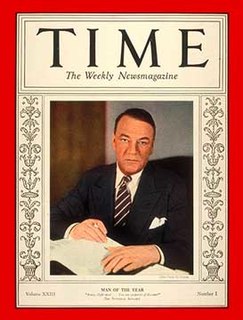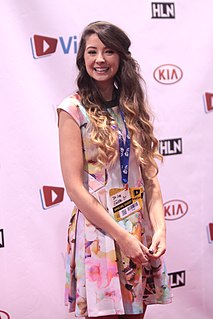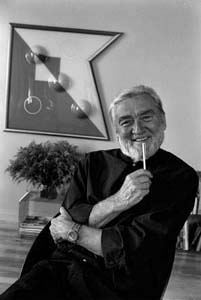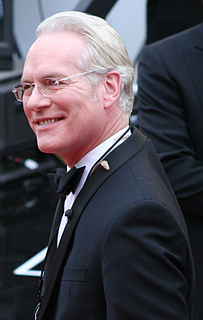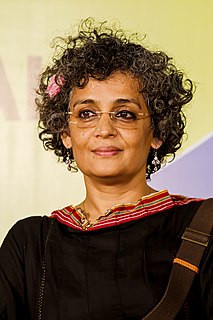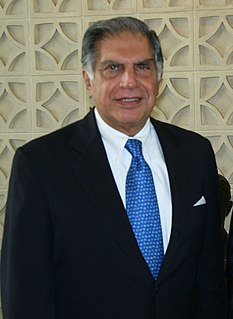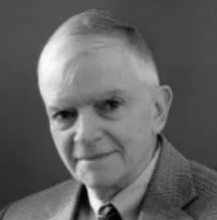Top 45 Textiles Quotes & Sayings
Explore popular Textiles quotes.
Last updated on November 15, 2024.
My father got a job at Bradford University in textiles. And he came for - I guess, you know, why do people immigrate? - like, for a better life to find, you know, a new world. And, you know, I think he always - he saw it as an opportunity. And so yeah so we came to this coal mining town in the north of England and that's where I grew up.
The great lesson in microeconomics is to discriminate between when technology is going to help you and when it's going to kill you. And most people do not get this straight in their heads. But a fellow like Buffett does. For example, when we were in the textile business, which is a terrible commodity business, we were making low-end textiles-which are a real commodity product. And one day, the people came to Warren and said, "They've invented a new loom that we think will do twice as much work as our old ones."
Brown people and black people and red people swarmed through our great halls, until those who were white looked simply faded-out human beings beside them. Indeed, I came to see that white is not a color in skin any more than in textiles, and if it had not quality, it had no value even for humanity. I saw that color in skin had a certain advantage in strength and warmth as a means of beauty.
I don't think that you can dispose of the constructive and inventive things that America is doing - and say, "Oh we aren't doing anything anymore and we are living off of what the poor Chinese do." It is more complicated than that. There is the example of Detroit which was once a very prosperous and diverse city. And look what happened when it just specialized on automobiles. Look at Manchester when it specialized in those dark satanic mills, when it specialized in textiles. It was supposed to be the city of the future.
As South Korea shows, active participation in international trade does not require free trade. Indeed, had South Korea pursued free trade and not promoted infant industries, it would not have become a major trading nation. It would still be exporting raw materials (e.g., tungsten ore, fish, seaweed) or low-technology, low-price products (e.g., textiles, garments, wigs made with human hair) that used to be its main export items in the 1960s.
When you study art history, you learn that there is very little that is completely new, and in many ways digital art is no different. I love to derive inspiration from all types of images: mosaics, hieroglyphics, petroglyphs, woven patterns in textiles, and needlework. There is a lot of very good "pixel" design work before the 20th century, like a 1760 sampler by Elizabeth Laidman that looks like a bitmap font.
Trade allegedly does not foster growth because when it begins, a flood of imports of factory origin destroys the handicraft manufacturing of the less developed country: the models for this are the effects of British exports of textiles and of iron in India and Chile in the first half of the nineteenth century.
I'm hugely inspired by music. I am a big listener of 60's and 70's classic rock. And i really just love the overall freedom of that time, of the late 60's and 70's. I love that you had so many different ways of expressing yourself, fashion was really one of them, the idea of clashing didn't exist, and people were using clothes as an opportunity to express who they were. That is inspiring to me - you could mix textiles, fabrics, you were 100% who you were, and that's where my main inspiration comes from.
The more I have learned about wine ... the more I have realized that it weaves in with human history from its very beginning as few, if any, other products do. Textiles, pottery, bread ... there are other objects of daily use that we can also trace back to the Stone Age. Yet wine alone is charged with sacramental meaning, with healing powers; indeed with a life of its own.
The main purpose of my work is to provoke people into using their imagination. Most people spend their lives in dreary, grey-beige conformity, mortally afraid of using colours. By experimenting with lighting, colours, textiles and furniture and utilizing the latest technologies, I try to show new ways to encourage people to use their phantasy and make their surroundings more exciting.
I would like to draw attention to the fact that we have gone from pure trade [with China] in traditional goods [energy resources, such as hydrocarbons, oil and now natural gas, petrochemicals on the one hand and textiles and footwear on the other] to a whole new level of economic cooperation. For example, we are working together on space programmes. Moreover, we are developing and soon will begin the production of a heavy helicopter. We are now tracing the plan for the creation of a wide-body long-range aircraft.
Anyway, what is a country? When people say, "Tell me about India," I say, "Which India?.... The land of poetry and mad rebellion? The one that produces haunting music and exquisite textiles? The one that invented the caste system and celebrates the genocide of Muslims and Sikhs and the lynching of Dalits? The country of dollar billionaires? Or the one in which 800 million live on less than half-a-dollar a day? Which India?"
I think the Tata Group's greatest contribution to the growth of the Indian economy and Indian industry probably happened in the pre-independence era. The Group's investments in industries such as steel, textiles, power and hotels were certainly driven by an entrepreneurial spirit, but they were driven even more, I think, by a desire to make India self-sufficient and independent of its colonial masters then.



